Complete guide to orchid care
Colourful, compact and a classic houseplant, orchids will bring a pop of colour to your home.
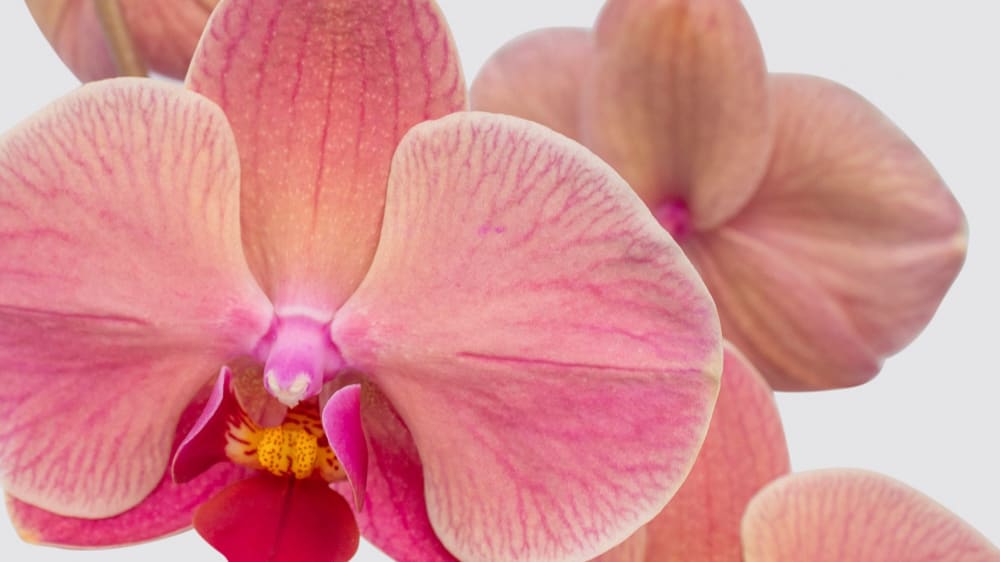
With over 25,000 types of orchid, there’s plenty of styles to choose from - but we've narrowed it down to three: Oona the orchid blossom lausanne, Octavia the niagara falls purple spotty orchid, and Odette the niagara falls orange orchid. This classic flowering houseplant will bloom happily in your home with the right care. Here's how to keep your orchid happy and colourful:
- Pop your orchid in bright, indirect light - like an east- or west-facing windowsill
- Water when the pot feels light
- Mist every few days, but try to avoid the flowers
About orchids
Orchids are a classic houseplant and there are plenty to choose from. These plants are tropical, so try to mimic their natural environment. Think plenty of misting and bright, indirect light. With their fabulous flowers, orchids are often given as gifts - perfect for a housewarming or celebration.
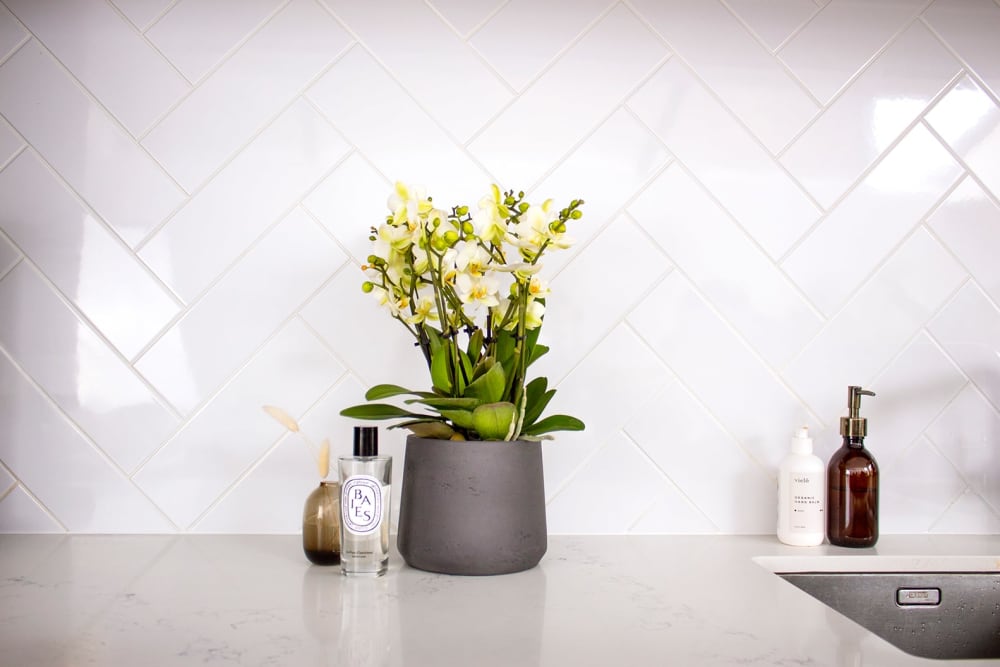
Choose the right orchid
When selecting an orchid, consider the light, temperature, and humidity requirements of the species. Different orchids have different needs, so make sure to do your research before selecting one for your space.
How much light does my orchid need?
Orchids prefer bright, indirect light. Place your orchid in an area that receives plenty of light, but not direct sunlight. If your orchid is not getting enough light, its leaves will become pale and it won't flower.
How often should I water my orchid?
Orchids need to be watered regularly, but not too much. Water your orchid when the soil is dry to the touch and the pot feels light. Avoid overwatering, as this can cause root rot. Orchids hate getting their roots too wet and overwatering is the most common way to kill an orchid, so always check yours before you give it a drink. The best way to water your orchid is to dunk the whole pot in tepid water (even better if it’s rainwater) and let it drain thoroughly so that the roots aren’t left standing in water.
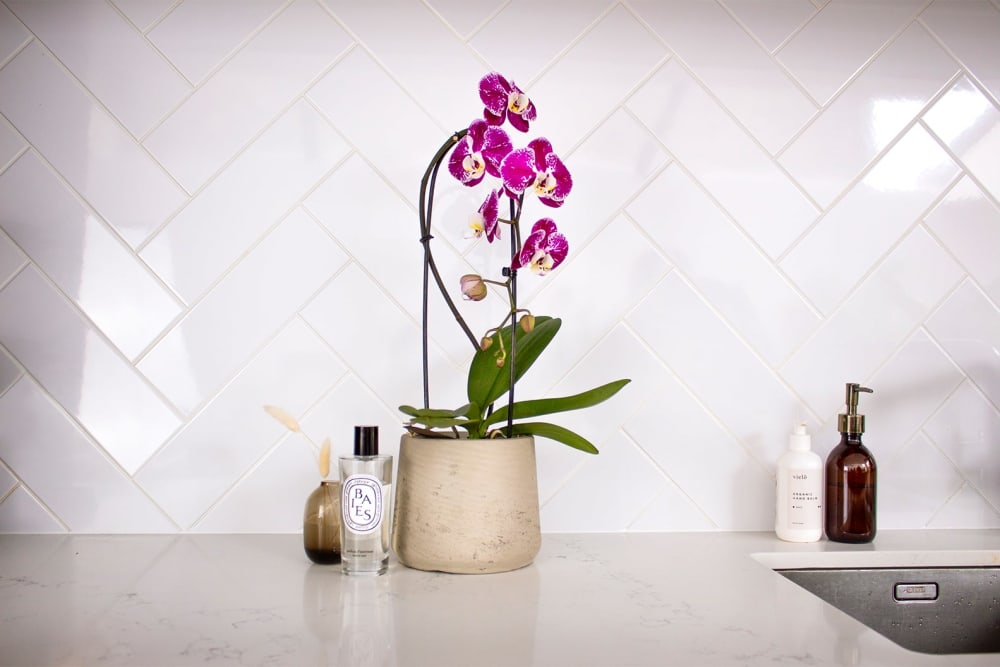
Should I fertilise my orchid?
Orchids need to be fertilised regularly to encourage healthy growth and blooming. Use a balanced orchid fertiliser that is designed specifically for orchids.
What's the best temperature and humidity for my orchid?
Most orchids prefer a temperature range of 18-29°C and a humidity level of 40-50%. You can increase the humidity around your orchid by misting it regularly or placing it on a humidity tray. They'll also enjoy a spot in naturally humid rooms, like a bright bathroom or on a kitchen windowsill.
When should I repot my orchid?
Orchids need to be repotted every 1-2 years. Choose a potting mix that's designed specifically for orchids, and make sure to use a pot with good drainage.
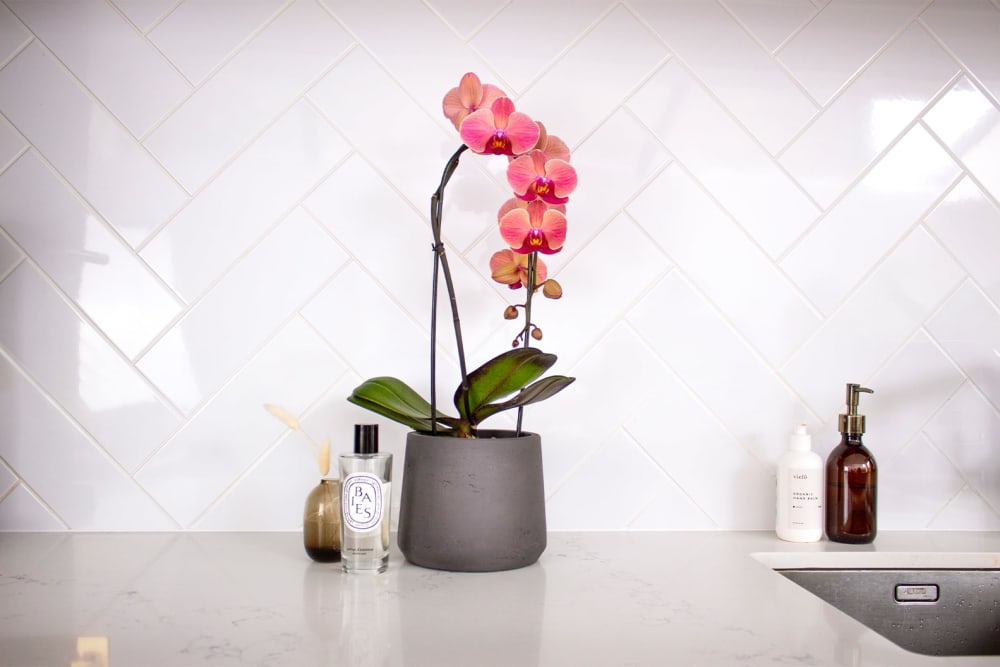
Do I need to prune or deadhead my orchid?
Prune off any dead or dying leaves and flowers to encourage new growth and blooms. This will help your orchid put more energy into growing spectacular new flowers, rather than trying to save those that are past their best.
Common orchid pests and diseases
Keep an eye out for pests like aphids, mealybugs, and scale. If you notice any of these, treat them immediately with an appropriate insecticide. Also, watch for signs of disease like wilting or yellowing leaves. Treat any diseases with a fungicide or insecticide.
Rewild your inbox
Plant tips. Special offers. No spam.
You might like
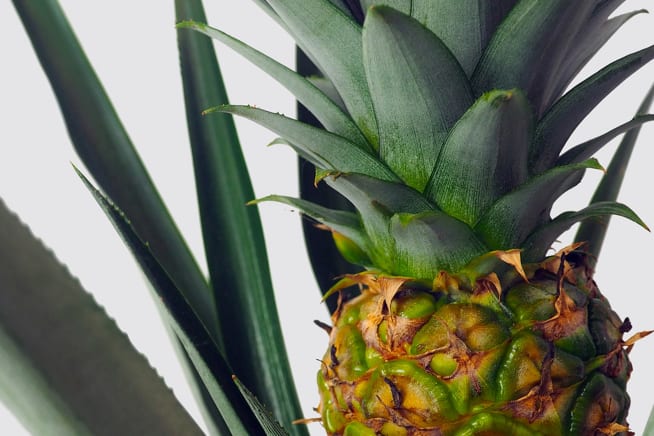
Complete guide to pineapple plant care
Join the tropical club
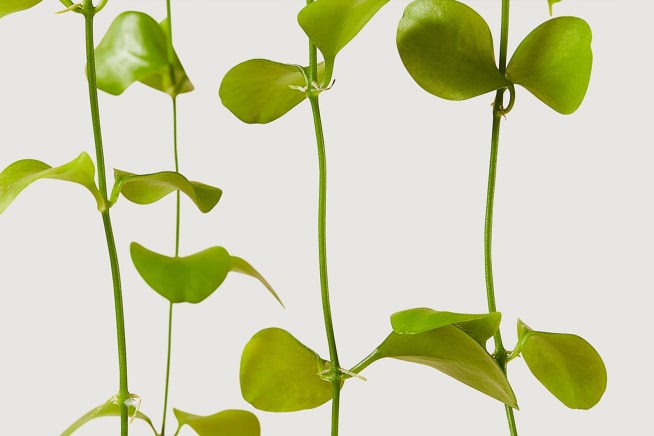
Complete guide to string of nickels care
Our tips won't leave you in a tangle
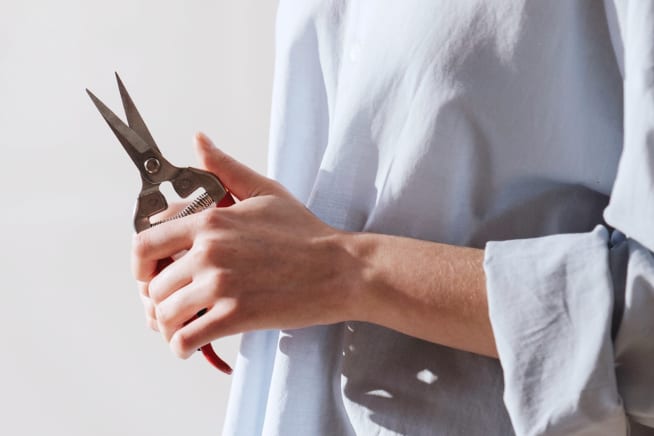
How do I deadhead my plants?
Remove old flowers to get new flowers